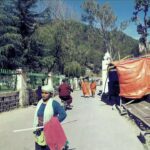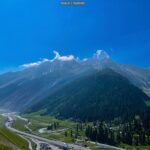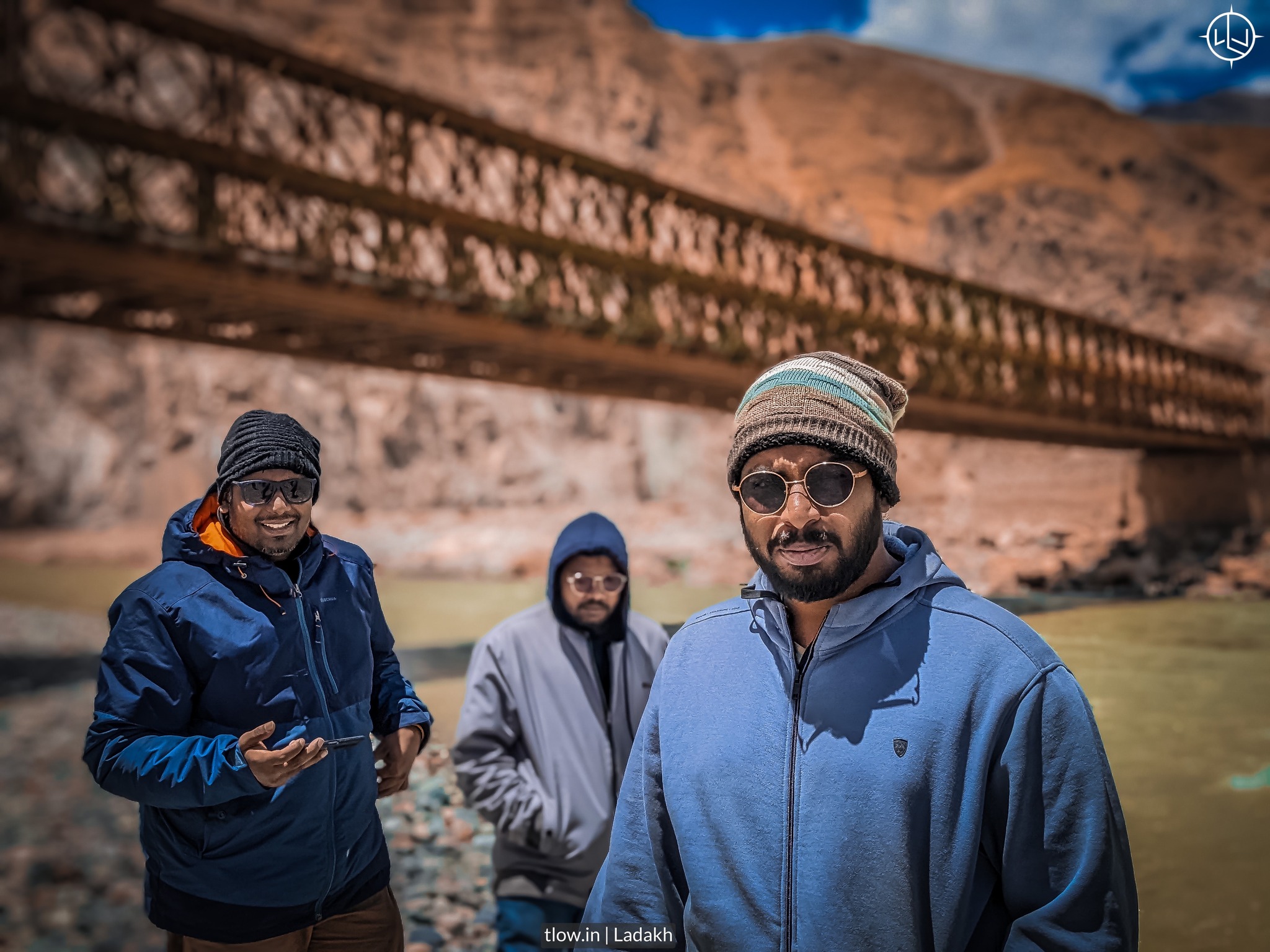
Top Ladakh question, answered: Is there an age limit to visit?
There is no specific age limit to visit Ladakh. People of all ages, including children and elderly individuals, can visit Ladakh. However, it is important to consider the high altitude and harsh weather conditions in Ladakh, which may pose challenges for certain age groups.
Table of Contents
Infants and young children:
It is generally not recommended to take infants and very young children to Ladakh due to the high altitude and potential health risks associated with altitude sickness. Babies and young children may find it difficult to acclimatize to the thin air and extreme conditions. It is best to consult with a medical professional before planning a trip to Ladakh with infants or young children.
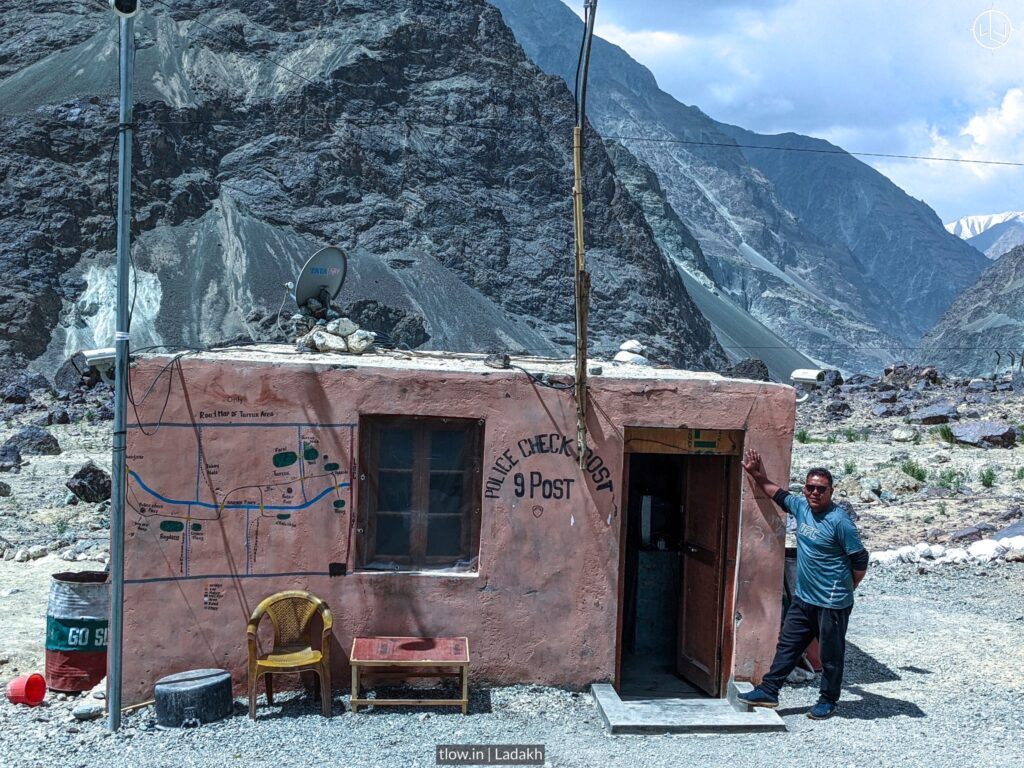
Ladakh, located in the Himalayas, offers a unique and adventurous experience for young children. Although it may not be your typical destination for young children, it can still be an exciting and educational trip for the whole family. Here are some things to consider when planning a trip to Ladakh with young children:
1. Choose the right time of year:
Ladakh experiences extreme weather conditions, with very cold winters and mild summers. The best time to visit with young children would be during the summer months from May to September when the weather is pleasant and the roads are accessible.
2. Acclimatization: Ladakh is located at high altitudes, so it’s important to give your children enough time to acclimatize before engaging in any strenuous activities. Spend a few days in Leh, the main town, allowing your children to adjust to the altitude before venturing further into the region.
3. Plan shorter itineraries: Since young children may not be able to handle long journeys and rigorous activities, it’s recommended to plan shorter itineraries with more breaks and rest time. Limit the number of hours spent traveling and avoid rushing from one place to another.
4. Explore Leh: Leh offers a range of family-friendly activities that can be enjoyed by young children. Visit the Leh Palace, which resembles the Potala Palace in Tibet, and explore the old town with its narrow lanes and traditional markets. You can also visit monasteries like Hemis, Thiksey, and Shey, and let your children soak in the spiritual and cultural aspects of Ladakh.
5. Enjoy outdoor activities in Ladakh:
Ladakh’s stunning landscapes provide opportunities for outdoor activities suitable for children, such as short hikes, camel rides in Nubra Valley, and camping by Pangong Tso Lake. Keep in mind your children’s physical abilities, and choose activities that are age-appropriate and safe.
6. Engage in cultural experiences: Ladakh is known for its rich Buddhist culture. Take your children to witness the morning prayers at monasteries, let them participate in prayer wheel rituals, and introduce them to the local Ladakhi cuisine. Attend local festivals if your visit aligns with any of the vibrant celebrations.
7. Pack essential items: Remember to pack necessary items like sunscreen, hats, warm clothing, comfortable walking shoes, and any specific necessities for your children. The high altitude can enhance the effects of the sun and cold, so it’s crucial to protect your children from these elements.
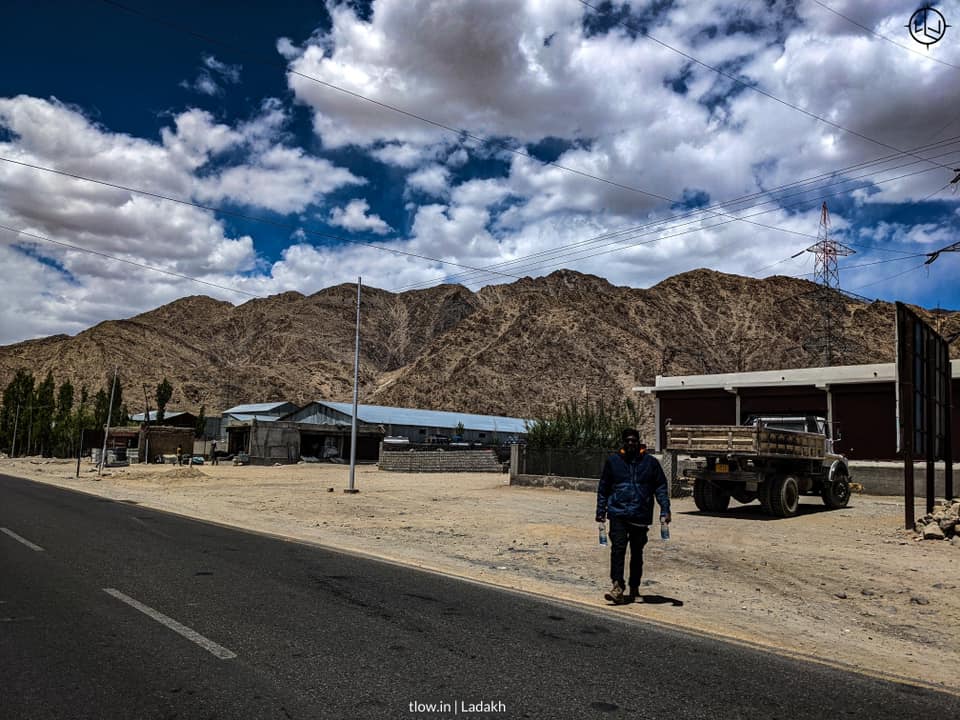
8. Ensure safety and health: Make sure you have necessary medications for altitude sickness and carry a first aid kit. Stay hydrated, encourage your children to drink plenty of fluids, and follow recommended dietary precautions to avoid altitude-related illnesses.
It’s important to take into account the interests, health, and preferences of your children when planning a trip to Ladakh. Adjust the itinerary accordingly to make it enjoyable and comfortable for everyone. With proper planning and consideration, a trip to Ladakh can be an unforgettable experience for young children and the whole family.
Elderly individuals:
The extreme altitude of Ladakh can be particularly challenging for elderly people, as they may have a higher risk of altitude sickness and other health issues. It is advisable for elderly travelers to consult with their healthcare providers before visiting Ladakh and to take necessary precautions along with proper acclimatization.
Ladakh, located in the Indian Himalayas, can be a unique and memorable destination for elderly individuals. While the high altitude and rugged terrain may pose some challenges, with proper planning and care, it is still possible for seniors to enjoy the beauty and serenity of Ladakh. Here are some considerations to keep in mind when planning a trip to Ladakh for elderly individuals:
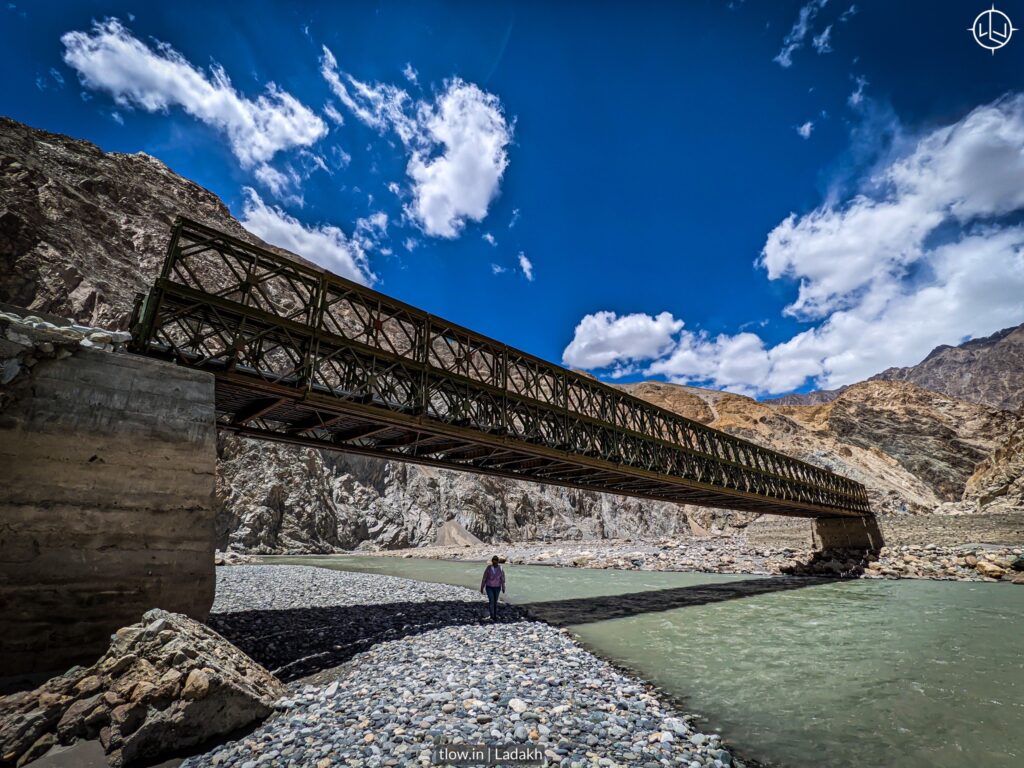
1. Consult with a healthcare professional:
Before embarking on a trip to Ladakh, it is advisable for elderly individuals to consult with their healthcare professional. They can assess the individual’s overall health and provide advice on managing the altitude and any pre-existing medical conditions.
2. Choose the right time of year: Ladakh experiences extreme weather conditions, so it’s important to plan the trip during the summer months when the weather is relatively mild and the roads are accessible. May to September is the best time to visit.
3. Acclimatization: Ladakh is situated at high altitudes, with Leh being at around 3,500 meters (11,500 feet) above sea level. It is important for elderly individuals to spend a few days in Leh to acclimate to the altitude before exploring higher regions. This will help prevent altitude sickness and any associated complications.
4. Opt for a comfortable itinerary:
Considering the physical limitations that come with age, it is important to plan a comfortable and less strenuous itinerary. Limiting the duration of journeys, including rest days, and having shorter distances to travel between destinations will help reduce physical exertion.
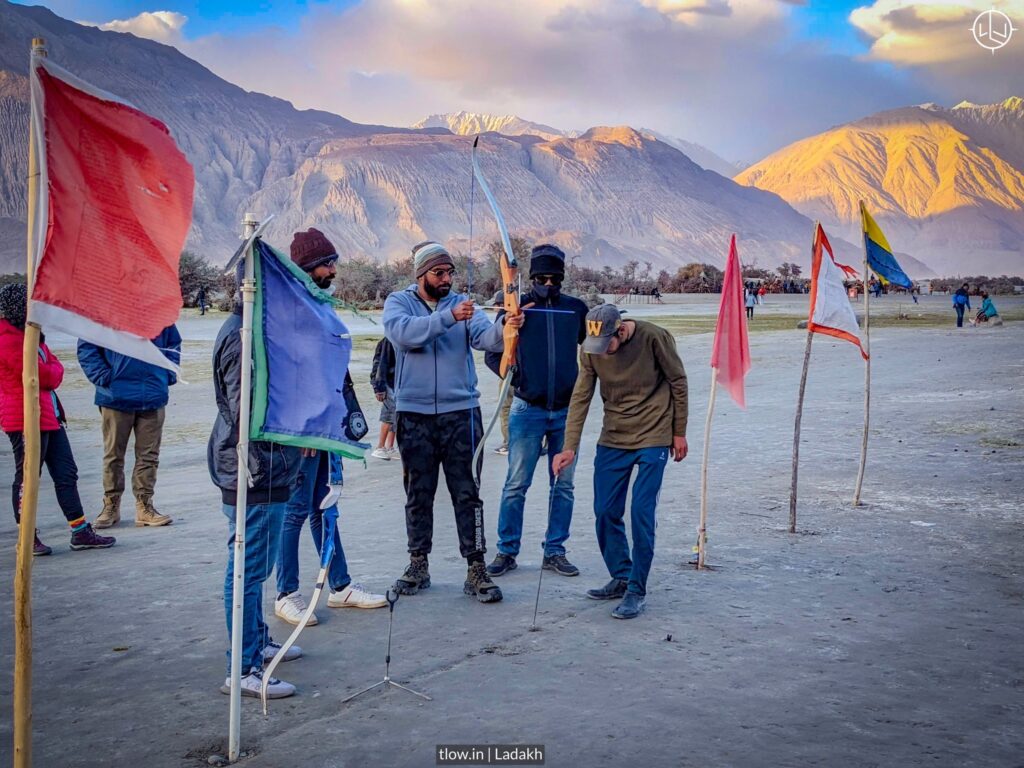
5. Explore Leh and nearby attractions: Leh, the main town in Ladakh, offers a range of cultural and historical experiences that can be enjoyed by elderly individuals. Explore the Leh Palace, visit monasteries like Thiksey and Hemis, and wander through the old town, immersing yourself in the local culture.
6. Scenic drives and viewpoints: Ladakh is renowned for its stunning landscapes. Plan scenic drives to spots like Pangong Tso Lake, Nubra Valley, and Khardung La Pass. These journeys can be enjoyed without long walks or strenuous activities, allowing elderly individuals to appreciate the beauty of the region from the comfort of a vehicle.
7. Consider accommodations with modern facilities: Look for accommodations that cater to the needs of elderly individuals, such as hotels with elevators, wheelchair accessibility, and other modern amenities. Staying in comfortable accommodations will ensure a restful and enjoyable experience.
8. Prioritize safety and health:
Make sure to carry necessary medications, including those for altitude sickness, and have a first aid kit on hand. Stay hydrated, dress appropriately for the weather, and ensure access to medical facilities if needed.
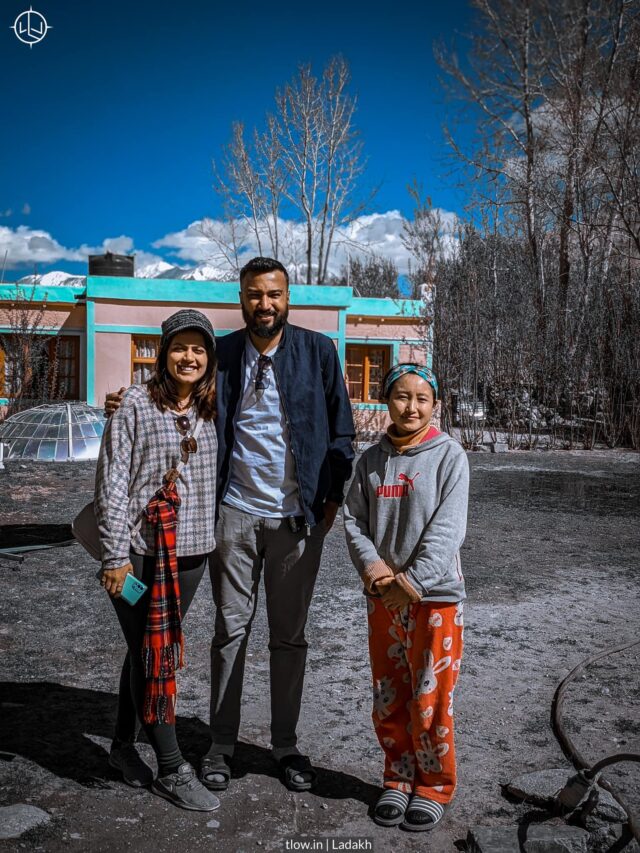
It is important to plan and adapt the itinerary according to the abilities and preferences of elderly individuals. Taking their health and comfort into consideration will help create a memorable and enjoyable trip to Ladakh. With proper precautions and support, elderly individuals can still experience the beauty and tranquility of this remarkable destination.
In general, it is important for visitors of all age groups to take proper measures to acclimatize to the high altitude in Ladakh. This includes drinking plenty of water, resting sufficiently, avoiding strenuous activities during the initial days, and being aware of any symptoms of altitude sickness. It is also recommended to travel with a professional guide who is knowledgeable about the region and can provide assistance and guidance in case of any emergency situations.





